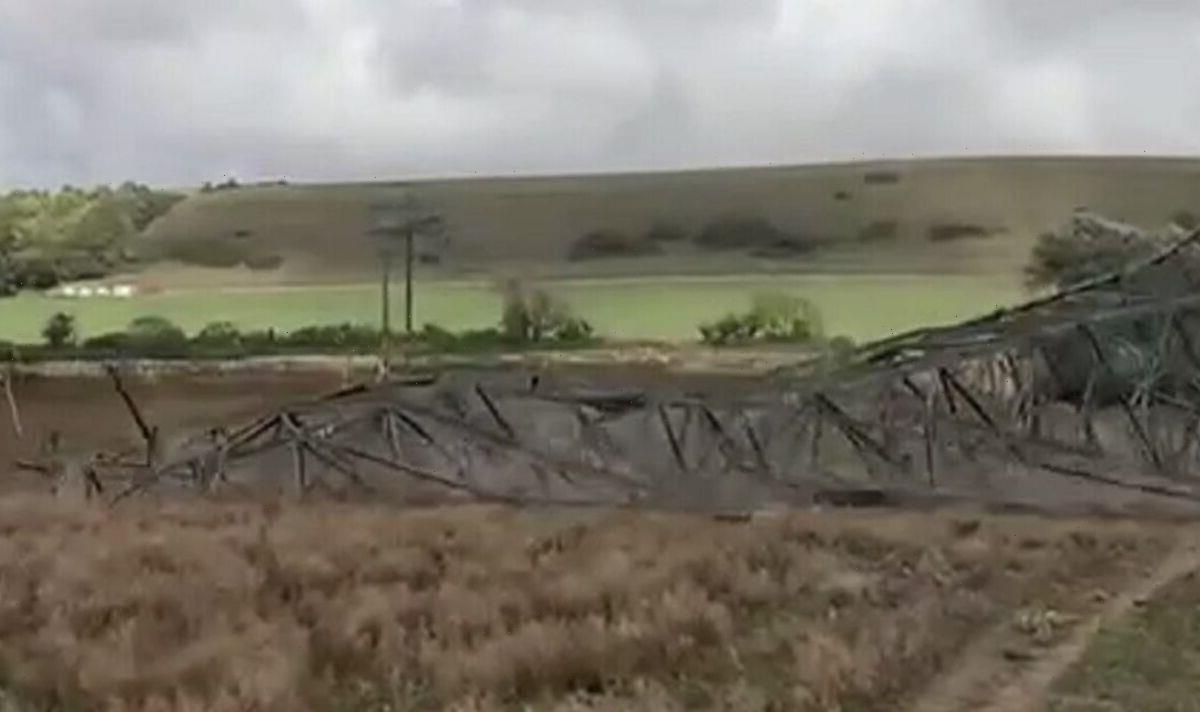Last week, the FBI searched former president Donald Trump's private residence at Mar-a-Lago looking for classified documents they believe Trump took from office. The unsealing of the FBI's search warrant revealed a potential case against former President Trump for the mishandling of classified information, including records concerning nuclear weapons.
These are not the only documents Trump is said to have brought from the Oval Office to his private residence. The National Archives and Records Administration reported in February that in accordance with the Presidential Records Act they had to retrieve a number of White House records Trump was holding at Mar-a-Lago.
But what exactly is a classified document and what is its purpose? When (and why) is a document declassified and who can declassify it? Here is more about the government's multi-level process for safeguarding top secret information.
Read about Trump's potential legal jeopardy: Kentucky Sen. Rand Paul wants Espionage Act repealed
What is classified information?
Classified information, or classified national security information, refers to documents or other mediums of intelligence that the government has deemed sensitive and therefore a potential threat to national security if released in an unauthorized way.
What are the three levels of classified information?
According to the U.S. Senate Select Committee on Intelligence, the three main levels of classified information are:
Top Secret: information would would cause "exceptionally grave damage to the national security" if there were an unauthorized release.
Secret: information that would, with unauthorized release, be expected to cause "serious" damage to the national security.
Confidential: information that is determined to have the potential to cause danger to the national security with unauthorized release.
What are the requirements for access to classified information?
Many federal employees across agencies have access to different levels of classified information.
Once you are designated by an official with original classification authority, you must receive security clearance through a security officer from the Executive Office of the President (EOP). You must also sign a non-disclosure agreement. Security clearance involves an exhaustive background check that dives into your personal history, according to the Untied States Department of Justice.
What are the types of classified documents?
The Senate Committee on Intelligence specifies that the kinds of documents which can be considered for classification are:
Military plans, weapons or operations;
Vulnerabilities or capabilities of systems, installations, projects or plans relating to the national security;
Foreign government information;
Intelligence activities (including special activities) or intelligence sources or methods
Foreign relations or foreign activities of the United States;
Scientific, technological or economic matters relating to the national security;
United States government programs for safeguarding nuclear materials or facilities;
Cryptology;
Confidential sources;
Other categories of information related to national security that require protection against unauthorized disclosure as determined by the president or by agency heads or other officials who have been delegated original classification authority by the president.
What is an example of a classified document?
A famous example of a classified document or group of documents is the Pentagon Papers, the unauthorized release of which in the early 70s by Daniel Ellsberg, an analyst for Secretary of Defense, upended the American political climate.
The papers, given to The Washington Post and The New York Times, revealed a classified study on the war in Vietnam. This information falls under the "military plans, weapons or operations" classification.
Mar-a-Lago: FBI seized top secret documents but gave no clear hints on what they are
Who classifies documents?
The power to classify documents was enumerated in an executive order signed by President Barack Obama in 2010. The order defines this power as 'classification authority' and grants that power to:
The president and vice president
Agency heads and officials designated by the president
Other US government officials bestowed the authority by agency heads
The order specifies that agencies have a responsibility to limit subordinates' access to only the classified information they need to do their job and to ensure the subordinates have a continuing need.
How long do classified documents stay classified?
This depends. The rules for declassification are as follows:
Upon classification the original classifying authority sets a date for declassification when they feel the sensitivity of the national security threat will have passed. On this date the record is automatically declassified.
There is an exception to the above time frame if classification will reveal "a confidential human source or a human intelligence source or key design concepts of weapons of mass destruction."
If the person who classified the record cannot determine an appropriate date for automatic declassification the record will be classified for 10 years, or 25 if it especially sensitive.
No information can be classified indefinitely.
Why do we classify documents?
Documents are classified for the purpose of national security.
In his executive order delineating the process for classification and declassification of important government records, President Obama acknowledged the importance of free-flowing information and transparency, before stating that certain records require a level of secrecy in order to protect the American public, homeland security, our democratic systems, and our relations with other foreign nations.
This article originally appeared on USA TODAY: What are classified documents? Explaining the levels, examples of each
Source: Read Full Article
